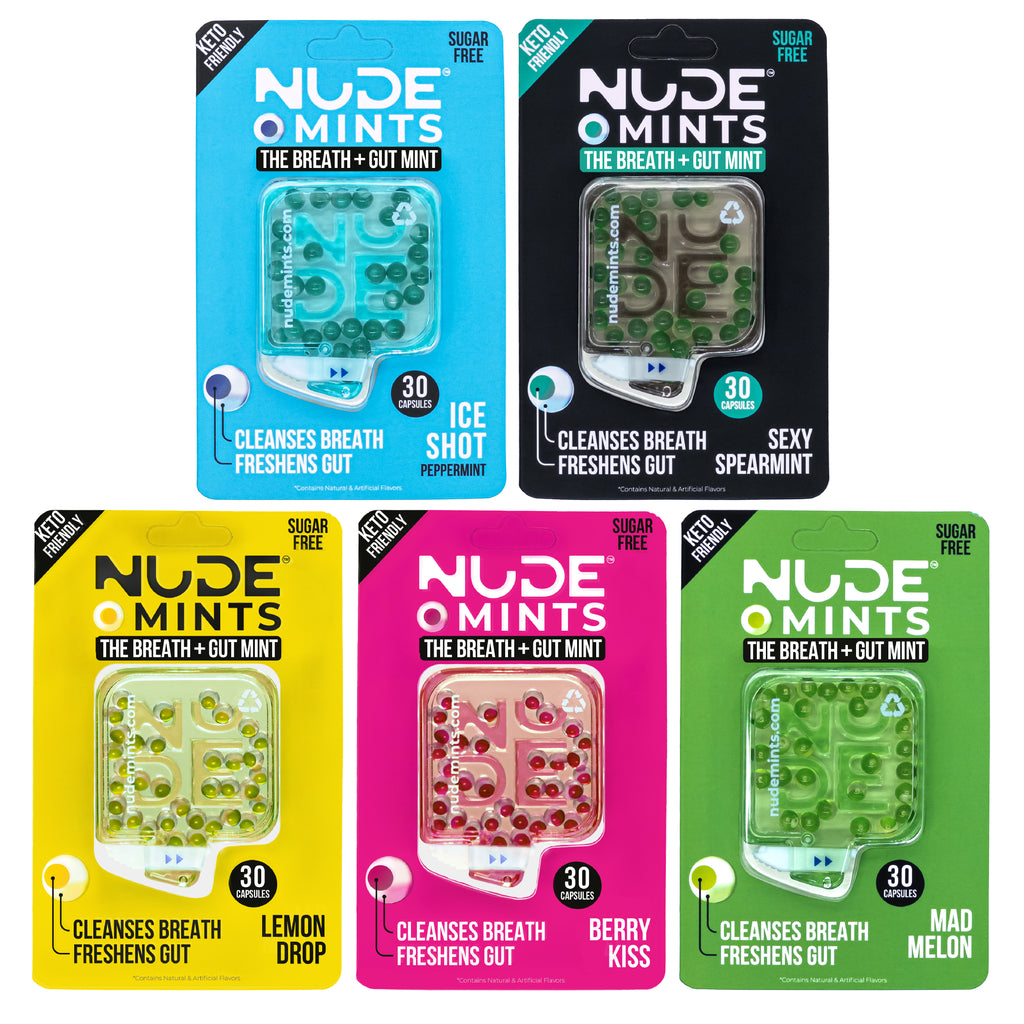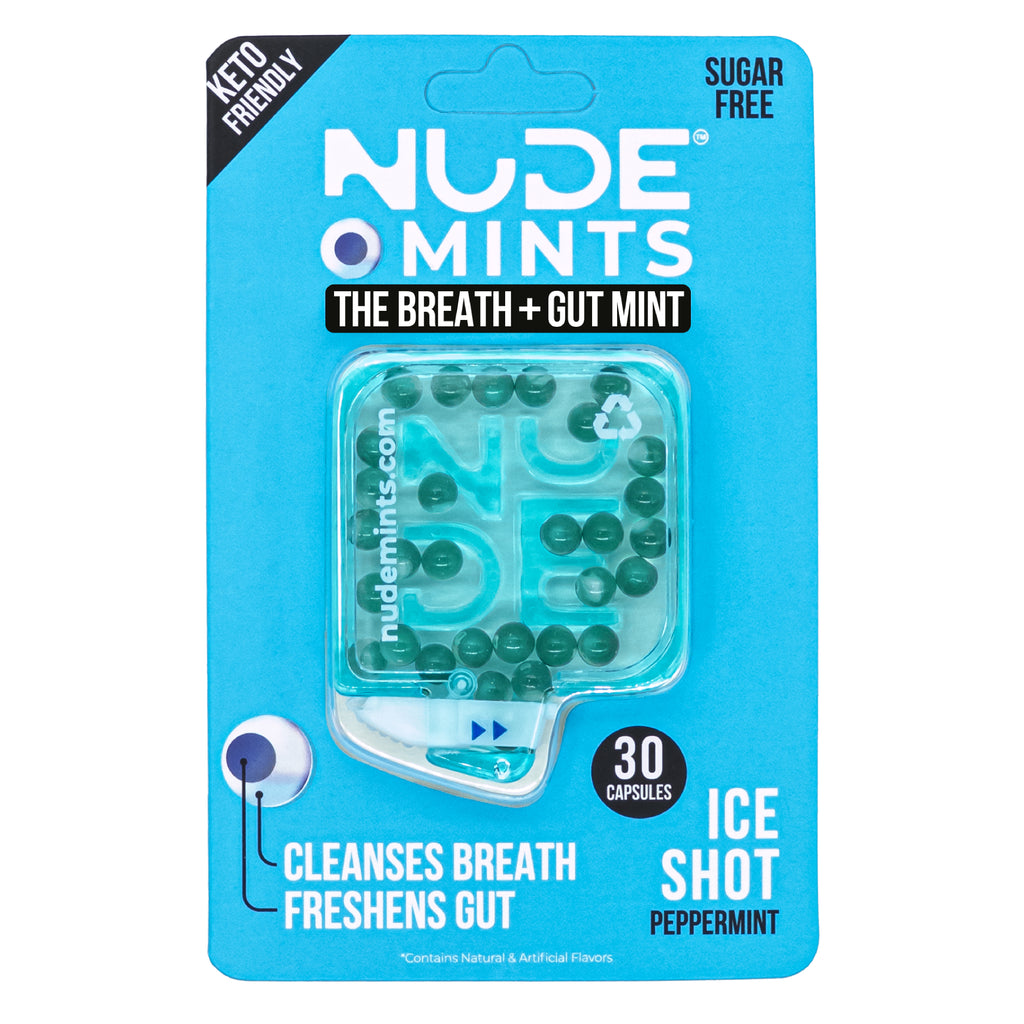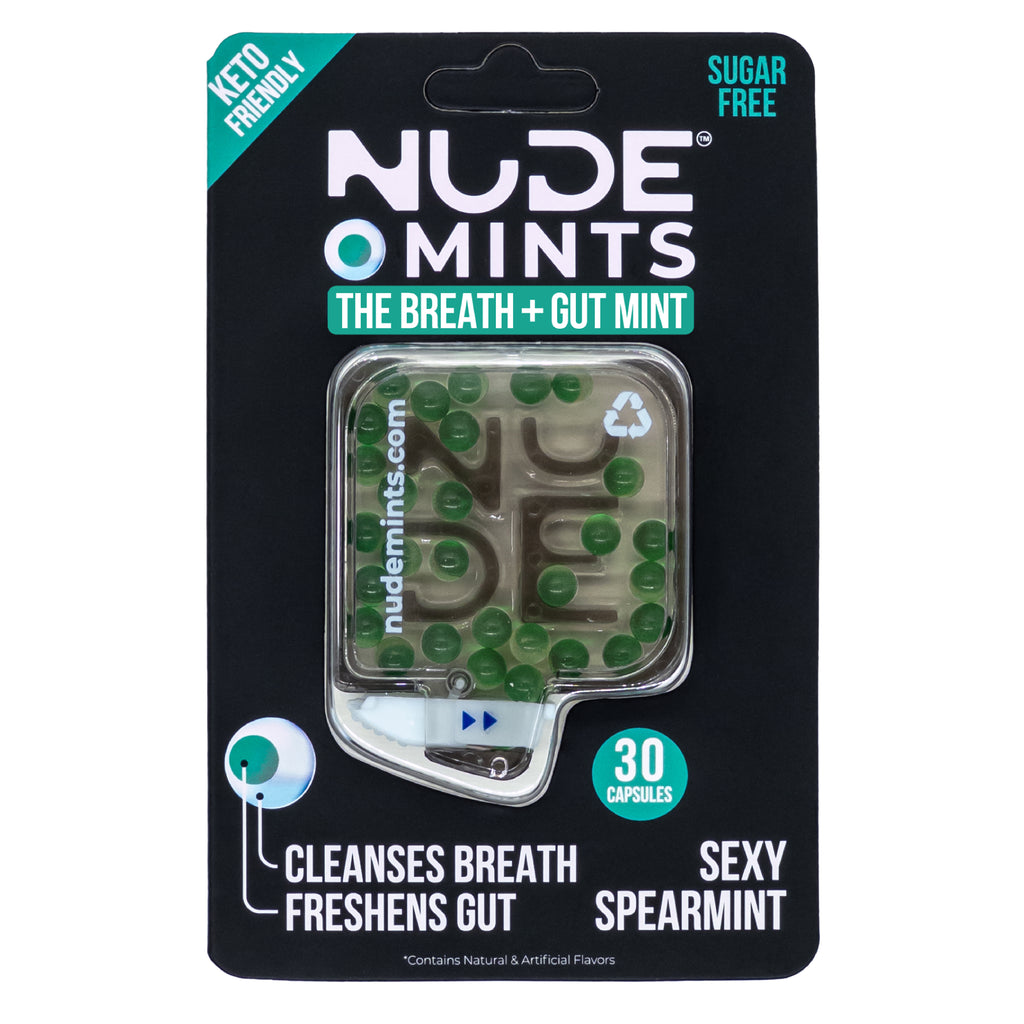What are Calcium Deposits In Relation to Your Teeth
-
Calcium and your teeth
Calcium is essentially the amplest mineral within the body and 99 percent of it’s saved in bones and teeth. Calcium compounds assist give enamel — your teeth’s outer layer that protects towards erosion, decay, and temperature sensitivity — its energy. Enamel is the toughest substance within the body — it’s even more durable than bone — and is made up of calcified tissue. Calcium buildup may discuss with plaque and tartar that may gather and trigger decay if left on teeth. It may additionally discuss issues with calcification of enamel. Maintain studying to study each and the affect they’ll have on the health of your teeth and mouth.
What’s plaque?
Plaque is a sticky, colorless film that types in your enamel. It’s made up of bacteria out of your saliva. When it interacts with the sugars and starches left in your teeth from food, it creates an acid that may erode enamel, making teeth vulnerable to decay. Tartar is plaque that has hardened. One of the simplest ways to take away plaque and stop tartar is to brush and floss commonly and see your dentist for periodic checkups and cleanings.
Tartar on gums and teeth
Calcium that hardens in your enamel and below and around your gum line is known as tartar. Tartar types when plaque hasn’t been eliminated with common brushing and flossing. Tartar can irritate your gums, resulting in:
- bad breath
- gum illness
- tooth decay
What are the signs of tartar?
You’ll be able to really see and really feel tartar in your teeth. Indicators include yellowish or brown staining in your teeth. You may discover this extra in spots the place you don’t totally brush—for instance, between teeth or on their underside. Your teeth could have a tough really feel to them. Tartar may cause your gums to turn out to be infected and delicate.
What are therapy choices for tartar?
Tartar is an especially laborious material — you can’t take away it by yourself with regular brushing. You’ll see an expert for a cleansing. Stopping tartar buildup within the first place is essential. To maintain it at bay, apply good dental hygiene:
- Keep away from sugary and starchy meals that assist plaque to develop.
- Brush twice a day.
- Eat a wholesome, well-balanced weight loss program.
- Floss once a day.
- See your dentist twice a yr for an expert dental cleaning and checkup.
- Use a tartar-control toothpaste in case your dentist recommends it.
Calcium deposits from hypocalcification
Hypocalcification is a situation the place your tooth’s enamel has an inadequate quantity of calcium. When this occurs, the enamel nonetheless covers the tooth’s floor however components might be skinny and weak, giving teeth an opaque or chalky look. Without sturdy, protecting enamel, teeth are extra prone to decay. In a single examination, roughly 24 p.c of the topics had hypocalcification of their enamel.
What causes hypocalcification?
Many enamel defects usually begin much earlier, as a child’s teeth are growing within the womb. Hypocalcification — which might be seen in a child in addition to grownup teeth — is attributable to a defect within the formation of extremely delicate cells known as ameloblasts. These cells secrete proteins that type tooth enamel. In keeping with the analysis, most instances of hypocalcification don’t have any recognized trigger. In different instances, it could be associated to:
- Fluoride. Dental fluorosis, or the ingestion of an excessive amount of fluoride throughout early childhood, can produce noticed, mottled teeth.
- Genetics. Amelogenesis imperfecta is a bunch of uncommon, inherited problems that have an effect on tooth enamel and can lead to hypocalcification.
- Sure problems. One examine discovered that these with bronchial asthma and epilepsy have been extra more likely to have enamel defects than others. One idea for the elevated prevalence is that the medicines used to deal with these circumstances can affect enamel.
- Sickness or trauma. Some researchers speculate that enamel defects like hypocalcification can happen attributable to an excessive fever of an expectant mother throughout being pregnant and even consequence from a troublesome start.
What are the signs of hypocalcification?
Hypocalcified teeth usually have:
- A weakened construction, making them vulnerable to cavities and breakage
- Sensitivity to scorching and cold meals and drinks
- White, yellow, or brown spots on the floor
- A chalky or creamy look
Caring for your teeth
Skilled care
The primary order of enterprise is strengthening your teeth. Relying on the diploma of hypocalcification and the place the tooth is positioned, your physician could suggest any of the next:
- Fluoride therapies every few months to strengthen the tooth
- Glass ionomer cements bonded to the floor to cowl discoloration which tends to carry higher on the tooth’s construction than composite resin, one other common bonding instrument
- Crowns to completely encapsulate the hypocalcified tooth
- In-office bleaching to assist lighten the discoloration, which works finest in gentle instances
At-home care
Hypocalcification is finest handled by an expert because it impacts the structural integrity of your teeth. When you have a really gentle case, you may ask your dentist about the advantages of utilizing:
- Toothpastes that assist replenish calcium
- An at-home teeth bleaching system
Calcification and mineralization
What are the variations between hypocalcification, hypomineralization, and hypercalcification?
Hypocalcification is a defect within the enamel attributable to inadequate quantity of minerals, both in a child or everlasting tooth. It may be attributable to native or systemic interference in enamel mineralizations. Hypomineralization is a developmental situation leading to enamel defects in first molars and incisors of everlasting teeth. Each hypomineralization and hypocalcification trigger tender spots and contain inadequate calcium within the enamel.
Hypercalcification of teeth happens when there’s an excessive amount of calcium in your enamel, generally attributable to an infection throughout tooth formation. It may well seem like laborious white spots on teeth. Query: Given these completely different enamel defects, what can an individual do to strengthen their enamel? Reply: There are a number of methods to strengthen your enamel:
- brush twice a day for two minutes and floss each day
- put on a mouth guard for those who grind or clench your jaw
- drink loads of water and eat a balanced weight loss program
- restrict sugary and acidic meals
- drink acidic drinks by a straw
- use dental merchandise containing fluoride; your dentist also can prescribe stronger concentrations of fluoride if wanted
Prevention
Since most instances of hypocalcification have an unknown trigger and infrequently develop earlier than start, stopping the situation is troublesome. You’ll be able to, nonetheless, forestall plaque and tartar buildup in your teeth by:
- brushing twice a day
- flossing once a day
- getting common dental care
- consuming a wholesome, well-balanced weight loss program
Fundamental tooth care and beauty dental care
Tooth enamel defects aren’t unusual. Over- or undercalcification of enamel, which frequently happens as teeth type, can produce noticed and generally weakened teeth. Plaque and tartar, if left to buildup on teeth, can eat away at your enamel. When you have white, yellow, or brown spots in your teeth, speak to your dentist. There are efficient methods to take away or camouflage spots and, extra importantly, to strengthen teeth and preserve your smile wholesome.
Grab a Pack of NUDE Mints
Afraid of having bad breath? Pop a NUDE mints in your mouth. Made with novel technology from Japan, it freshens your breath, cleans your gut, and boosts your confidence. Buy a pack of NUDE mints available in Ice Shot, Berry Kiss, Citrus Squeeze, Lemon Drop and Mad Melon.
Get the freshest news on your favorite mouth cleanser and gut freshener!
Read More
-
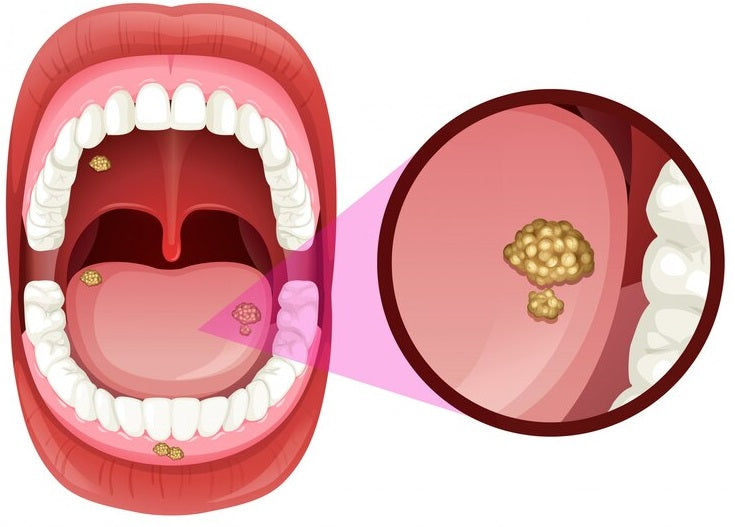
Halitosis: Understanding the Causes, Diagnosis, and Treatment for Fresh Breath
Halitosis, commonly known as bad breath, is a condition that affects a large number of people worldwide. It can be an embarrassing and isolating experience, but it is important to know that it is a common problem and that there are effective treatments available. In this article, we will discuss the causes, diagnosis, and treatment of halitosis. Causes of Halitosis Halitosis can have several causes, both internal and external. The most common causes include poor oral hygiene, dry mouth, certain foods and drinks, smoking, and certain medical conditions. Poor Oral Hygiene Poor oral hygiene is the most common cause of halitosis. When food particles and bacteria build up in the mouth, they can cause an unpleasant odor. Brushing and flossing...
-
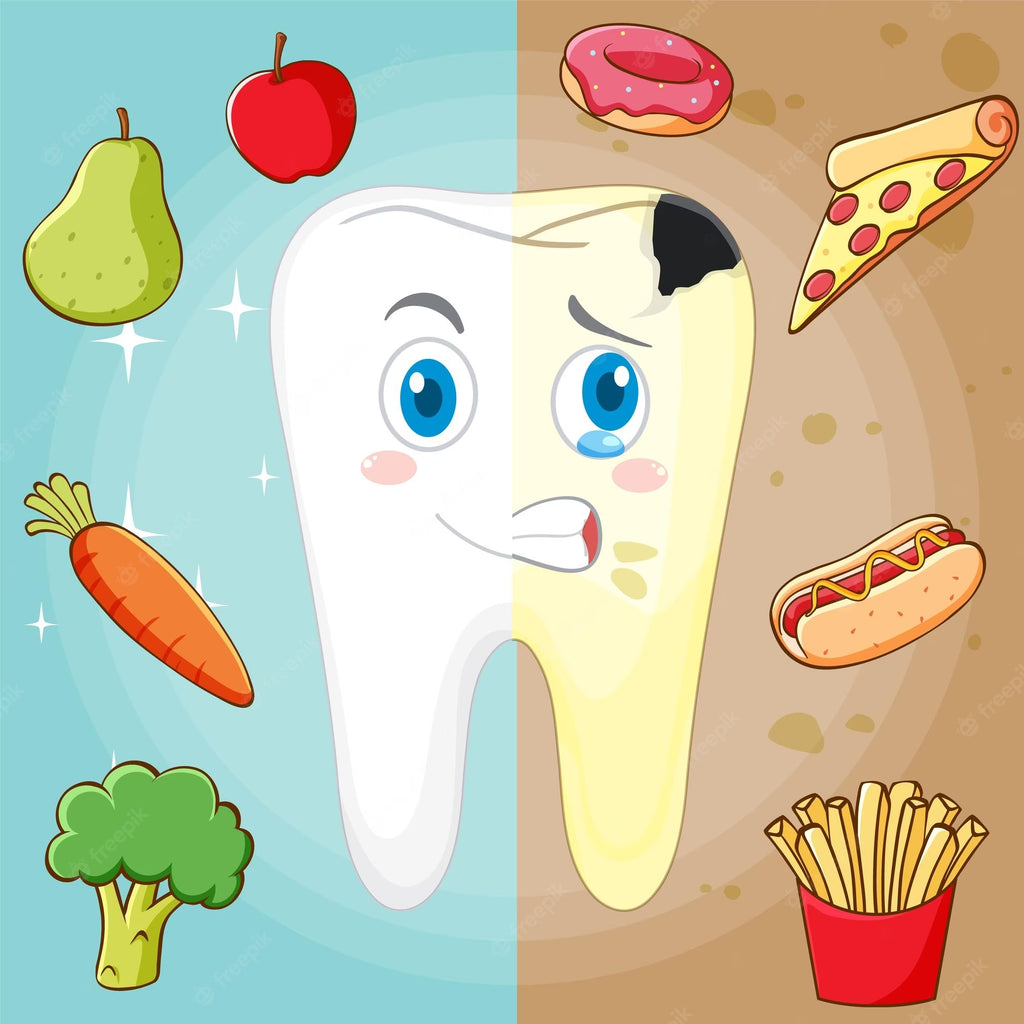
Crucial Connection Between Nutrition and Oral Health: Guide for Better Dental Care
As a dental health professional, we understand the importance of maintaining good oral hygiene to prevent cavities and gum disease. Brushing twice a day and flossing daily are essential habits, but did you know that nutrition also plays a crucial role in keeping your mouth healthy? In this article, we will explore the connection between nutrition and oral health and how you can make better food choices to support your dental health. How Nutrition Affects Oral Health Your diet can impact your oral health in many ways. A diet high in sugary and acidic foods can increase the risk of tooth decay and gum disease. When you eat sugary foods, the bacteria in your mouth feed on the sugar and...
-
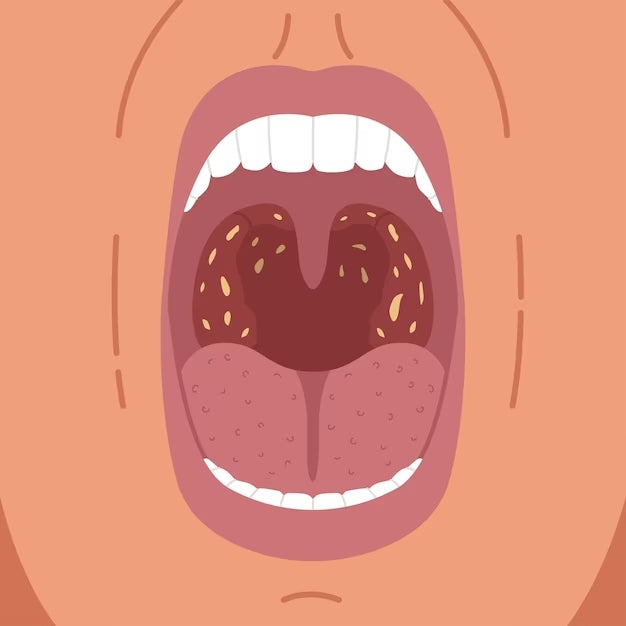
How to Treat Bad Breath Caused by Dry Mouth
Do you ever feel self-conscious about your breath? Do people avoid talking to you because of bad breath? Dry mouth, also known as xerostomia, can cause bad breath and make social interactions uncomfortable. In this article, we will discuss what causes dry mouth, how it leads to bad breath, and what you can do to treat it. Table of Contents What is dry mouth? Causes of dry mouth How dry mouth causes bad breath Signs and symptoms of dry mouth Diagnosis of dry mouth Treating dry mouth Home remedies for dry mouth Professional treatments for dry mouth Tips for maintaining oral hygiene Foods and drinks to avoid with dry mouth Conclusion FAQs What is dry mouth? Dry mouth occurs when...
-
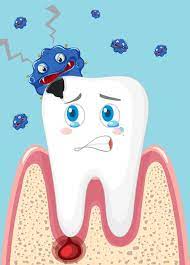
The Relationship Between Diabetes and Gum Disease: Understanding the Link
Diabetes and gum disease are two conditions that may seem unrelated, but research has shown that they are actually closely linked. In fact, individuals with diabetes are more likely to develop gum disease, and those with gum disease are more likely to have difficulty controlling their blood sugar levels. This article will explore the connection between diabetes and gum disease, and provide insights on how you can reduce your risk of developing both. The Relationship Between Diabetes and Gum Disease Diabetes is a condition that affects the body's ability to produce or respond to insulin, a hormone that regulates blood sugar levels. When blood sugar levels are consistently high, it can lead to a range of health complications, including nerve...
